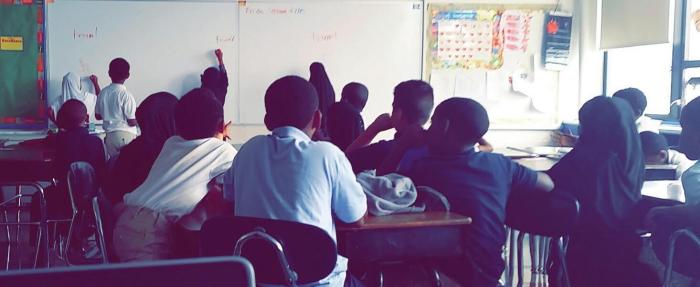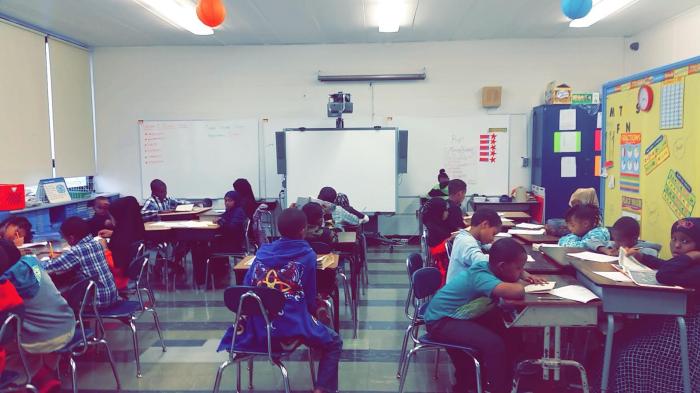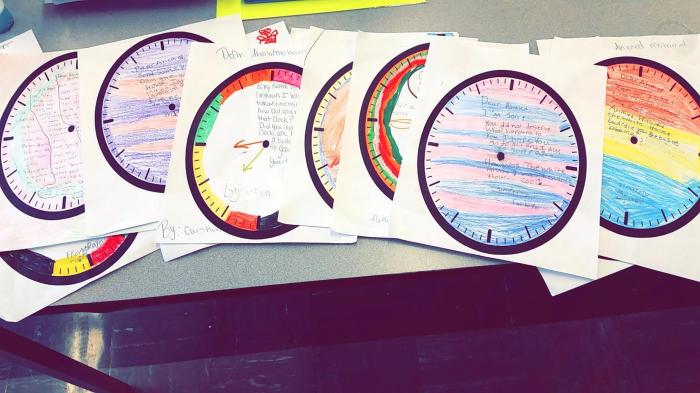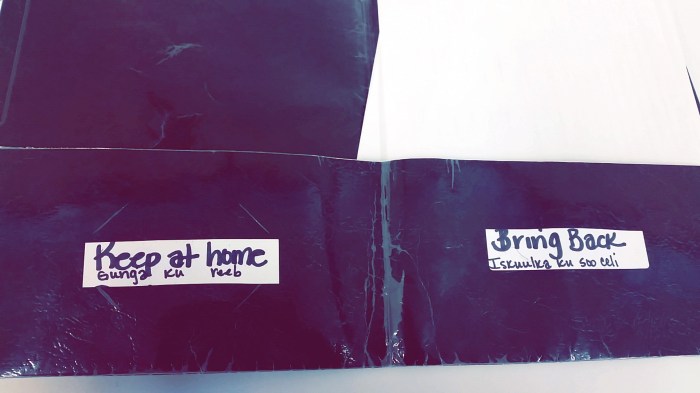By: Qorsho Hassan

I was raised by a single mother who valued education and the deen (Islam), and so my childhood revolved around books, the arts and constant exposure to the vibrancy of the somali dhaqan (culture). In the beginning of 2004, my mother sat me down to discuss how I’d be sharing my room for a while with my stepfather’s relatives. Shortly after the family arrived, I began to hold daily tutoring sessions for the young children in our shared space. I dug out an old white eraser board, some faded markers and a rusty old dictionary.
Fast forward ten years later, and I found myself walking into a charter school for a teaching demonstration. My palms were sweaty, eyes wide open and I was feeling anxious. When I faced the classroom, I saw me; an eagerness to learn and sense of wonder but also, an awareness of their socio-economic status and the insufficiency of resources in the classroom. I heard some whispers, “Is she Somali?”, “Ohhh, I think she’s our new teacher!”, and “Why does she have a nose piercing?” As I introduced myself and the lesson, I couldn’t help but feel excitement and a sense of belonging; I discovered where I was meant to be.
I never had the privilege of having a Somali teacher growing up. The majority of my teachers were White and had little understanding of the Somali community and culture. There were several disconnects: between myself and my teachers, my mother and my teachers and between schools and the Somali community at large. Instead of my mother asking questions during Parent Teacher Conferences, I took on the role of the guardian as I translated the communication between my mother and teacher. This was incredibly confusing to many of my teachers as was my hijab (headscarf), dress and certain mannerisms. A lack of representation meant I didn’t have an advocate on my side to help me unpack the struggles of being a child of an immigrant. Not having a Somali teacher growing up gave me the impression that there were no Somali educators in the United States.

[Silent Reading]
When I see the challenges faced by my students, I understand their struggles as those struggles were once mine. I understand why Mahad struggles with reading grade appropriate text, just as I understand why Aisha is afraid to draw people when it’s time for art class. My students struggle in class due to several reasons such as lack of educational support at home, inability to obtain fundamental resources and shortage of funds to offset expensive tutoring costs. Many of my students come from low-income, single-parent homes. The combination of all these factors leads to unpreparedness and frustration, on the part of students and their well-intentioned parents. I now realize why I understand my students so deeply and it’s because their needs, concerns and disadvantages were once mine. The challenges I face in the classroom have never been my students as they come in excited to learn every morning and leave exhausted yet content when it’s time for dismissal. Locating resources for my students, on the other hand, has always been a trial.

[My students and I often engage in current events discussion including the Ahmed Mohamed clock incident. My students wrote him letters expressing their condolences while praising his intellect, creativity and bravery.]
Literacy is the most important component of education, yet it is an area where my students have the least competency. The majority of my students don’t have reading materials at home, therefore I send home ‘bagged books’, where I print paper readers to send home. I stock the classroom library with donated books, overused texts from the library and magazines and fill the walls with signs, poems, posters and drawings to incorporate literacy throughout the classroom. I’m constantly learning and researching how to make my classroom an inclusive safe space as well as a place of wonder. We collect questions/wanderings of the world, discuss current events and dance (sensory breaks) every day. Being a Somali teacher at a charter school that serves the community has realigned my professional goals, and it has made me an advocate for Somali children and their educational needs.
If you’re a teacher who works with Somali students, there are several ways to incorporate culturally responsive teaching in your classroom:

[Bilingual folders for parents]
- Learn more about the culture. The more you show interest in your students’ background, the more they’ll open up to you. Asking simple questions like, “What kind of activities do you do for Eid?” will allow your students to share their rich, intricate experiences with you. Learning a few Somali words helps too!
- Incorporate the culture in the classroom whenever you can. You can use Somali folktales for literacy lessons, place bilingual dictionaries in the classroom library and display Somali translated number/color charts, which can easily be found online.
- Create a space for appreciation of different cultures in the classroom, allowing students to share their culture and their parents’ narratives in the classroom. It also allows non-Somali students to share similarities and understand differences.
- Give students extra educational resources to take home as the majority of the Somali students don’t have the same educational support at home due to parents’ inability to understand the language/curriculum. Giving students supplemental work to complete or practice at home can give them an advantage at school.
- Dealing with Somali parents can be challenging, if there is a language barrier. While most parents are able to understand you, some may have difficulty expressing their thoughts and concerns. Be patient and understanding of their situation and give them time to respond and conceptualize their ideas.
Serving the community has its challenges, but once you learn how to overcome the hurdles, you’ll realize the beauty of teaching in a remarkable setting.
Our guest blogger Qorsho Hassan, is a graduate student obtaining a Master’s in Education, and a compassionate and devoted bilingual educator who serves at-risk Somali students in the Columbus community. She graduated in 2012 from the Ohio State University with a Bachelor’s in Sociology. In 2013, she went on to be a Fulbright Scholar and taught English to high school students in Malaysia. Qorsho is passionate about the value of volunteering in her local community and is committed to ensuring young Somali students understand the value of education. She can be contacted via email at hassan.84@osu.edu.










She is amazing!
We agree! Thanks for visiting.
We need more people like you. MashaAllah! ❤️
We agree Fartun, Qorsho is amazing mashaAllah! Thanks for visiting.
Wooow! I loved this piece so much and have resonated with it! Amazing work, Qorsho and the Somali Literacy Project!
Thank you so much for visiting, and for your kind words Layla. Qorsho is an incredibly inspiring educator…….its teachers like Qorsho will inshaAllah transform the educational experiences of Somali students.
excellent article! this should be shared with any schools and organizations that work with the somali community 🙂
Thanks for reading Nasro! We agree- we hope our readers will share with schools and organizations that serve Somali children and their families.
Beautiful! We really need more Somali and Muslim teachers in general in schools.
Completely agree! Thanks for reading!
I love this post and appreciated so much as a teacher of numerous Somali students. I was actually teaching at a full time Islamic School but most of the teachers were still clueless as to best practices when teaching our Somali brothers and sisters! I book marked this piece and read it from time to time for inspiration!